Famous fairy cameras undergo CT scan
Cameras used to create images of the infamous Cottingley Fairies between 1917 and 1920 were the subject of some modern day imaging magic after being put through CT scanners at the University of Bradford.
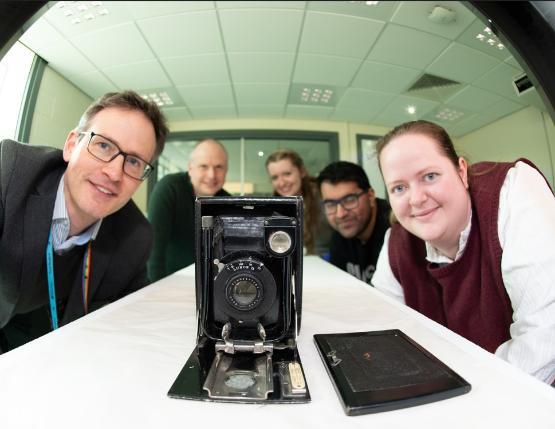
The cameras, part of the permanent collection of the National Science and Media Museum, were put through CT scanners recently procured by the School of Archaeological and Forensic Sciences.
The two scanners - a MetroTom 1500 micro CT and a NewTom CBCT (Cone Beam CT) - were funded by the Arts and Humanities Research Council’s Capabilities for Collections scheme and are able to image detail down to a resolution of seven microns (about the width of a strand of spider silk).
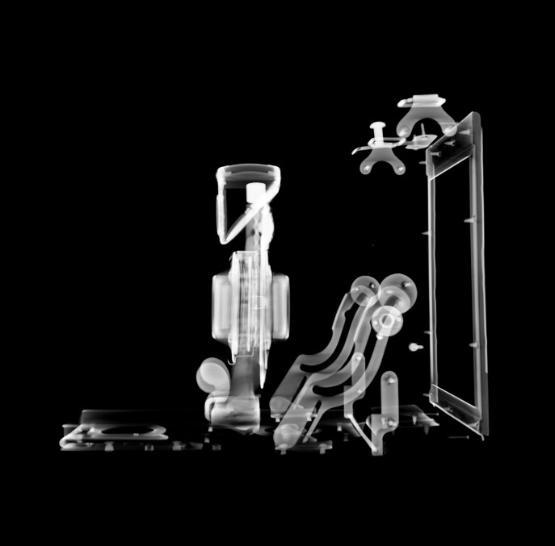
They also have the ability to see inside physical objects, negating the need for intrusive inspections.
One of the cameras, a Quarter-plate `Midg' camera manufactured by W Butcher & Sons, London, 1902-1920, was used by cousins Elsie Wright (then 16) and Frances Griffiths, who was nine, to make the first two Cottingley Fairies photographs in 1917.
A second camera, a Quarter-plate 'Cameo', gifted to the girls by Sir Arthur Conan Doyle, which was also used to create fairy pictures between 1918 and 1920, was also put through the CT scanners.
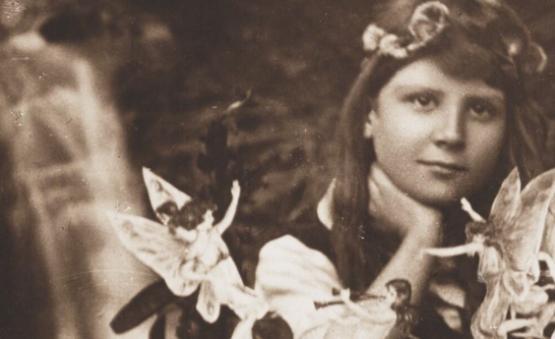
Fairy picture: © Glenn Hill / Science Museum Group
The resulting images of the girls with fairies at the bottom of their aunt’s garden in Cottingley and nearby Cottingley Beck, West Yorkshire, which are also held in the museum’s collection, caused a sensation, prompting serious discussions about their authenticity from the likes of Sir Arthur Conan Doyle and Bradford Theosophical Society.
In the 1980s, Elsie and Francis admitted faking the first four photographs, although Francis maintained the fifth and final picture was genuine.
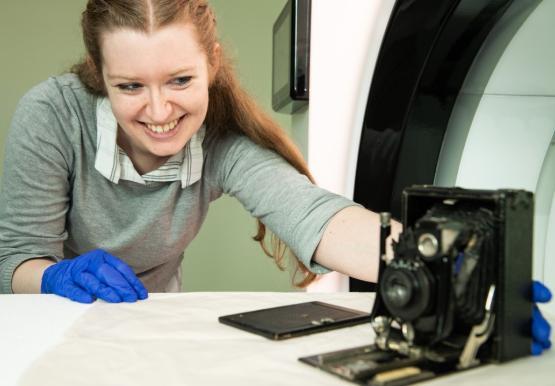
Pictured above: National Science and Media Museum conservator Eleanor Durrant, holding the Quarter plate Cameo camera.
But did they find any fairies?
Professor Andrew Wilson, from the University of Bradford, said: “This is one of the first iconic objects from the National Collection to go into our micro CT and cone beam CT scanners.
“It’s highly significant because of its back story and it also demonstrates how we’re able to use the latest imaging technology to look inside everyday objects, to see things that would otherwise be hidden. These new scans allows us to see the hidden workings of the cameras and the magic that sits behind them.”
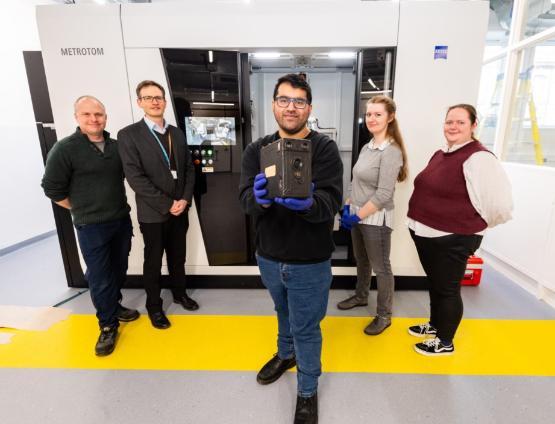
Ruth Quinn, Curator of Photography and Photographic Processes at the National Science and Media Museum, added: “The Cottingley fairy cameras show how ordinary people can achieve extraordinary things when coupled with skill and playful creativity.
"Through scanning these objects, we can show the inner workings of how analogue photography works – and the materials which go into making a camera. It’s really exciting to be able to see new details inside our objects using the cutting-edge facilities next door to us at the University of Bradford.”
Professor Wilson added: "Of course, we didn't find any fairies but I think we did find a little bit of magic - in that these scanners show how we can now look inside objects without disturbing them and see a level of detail that is unsurpassed."
